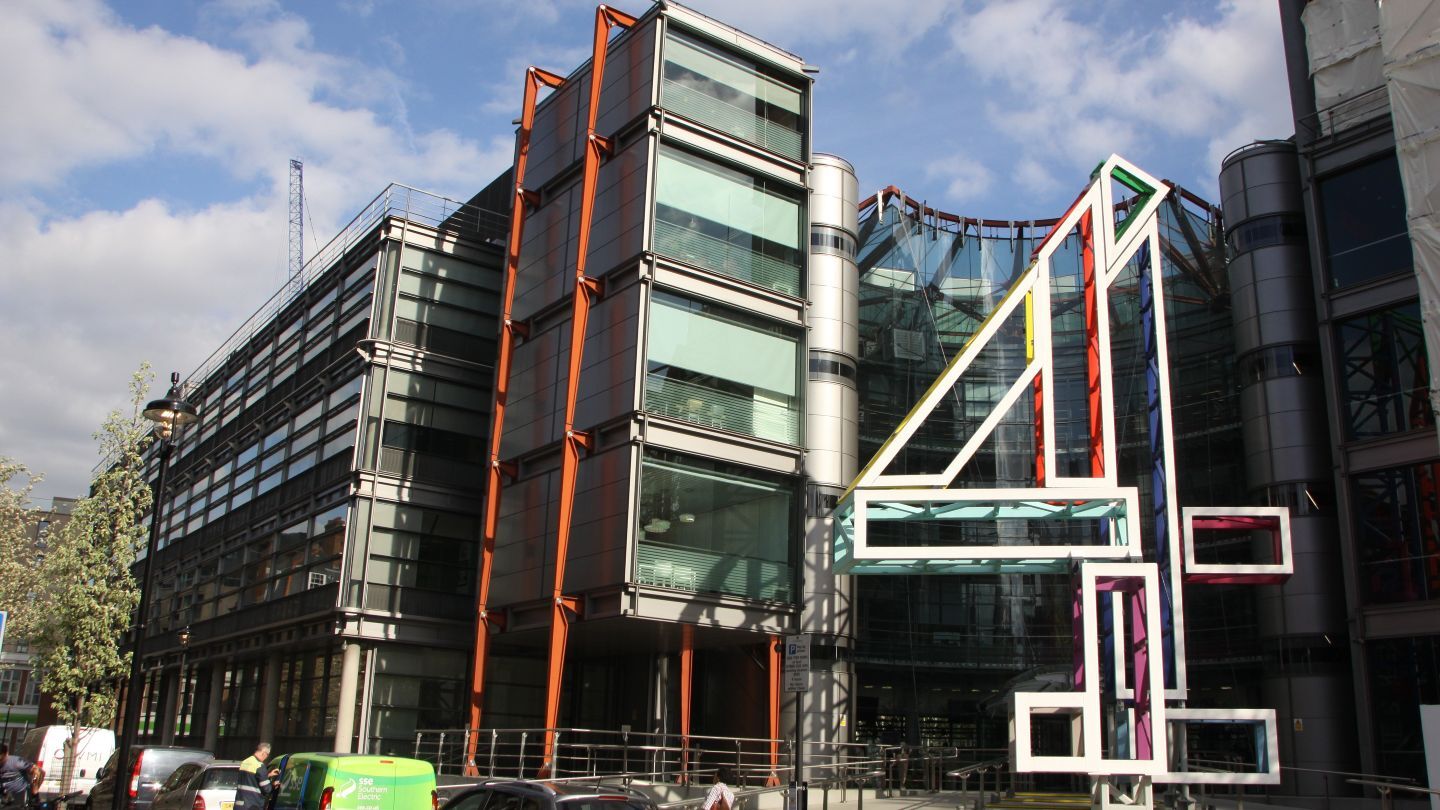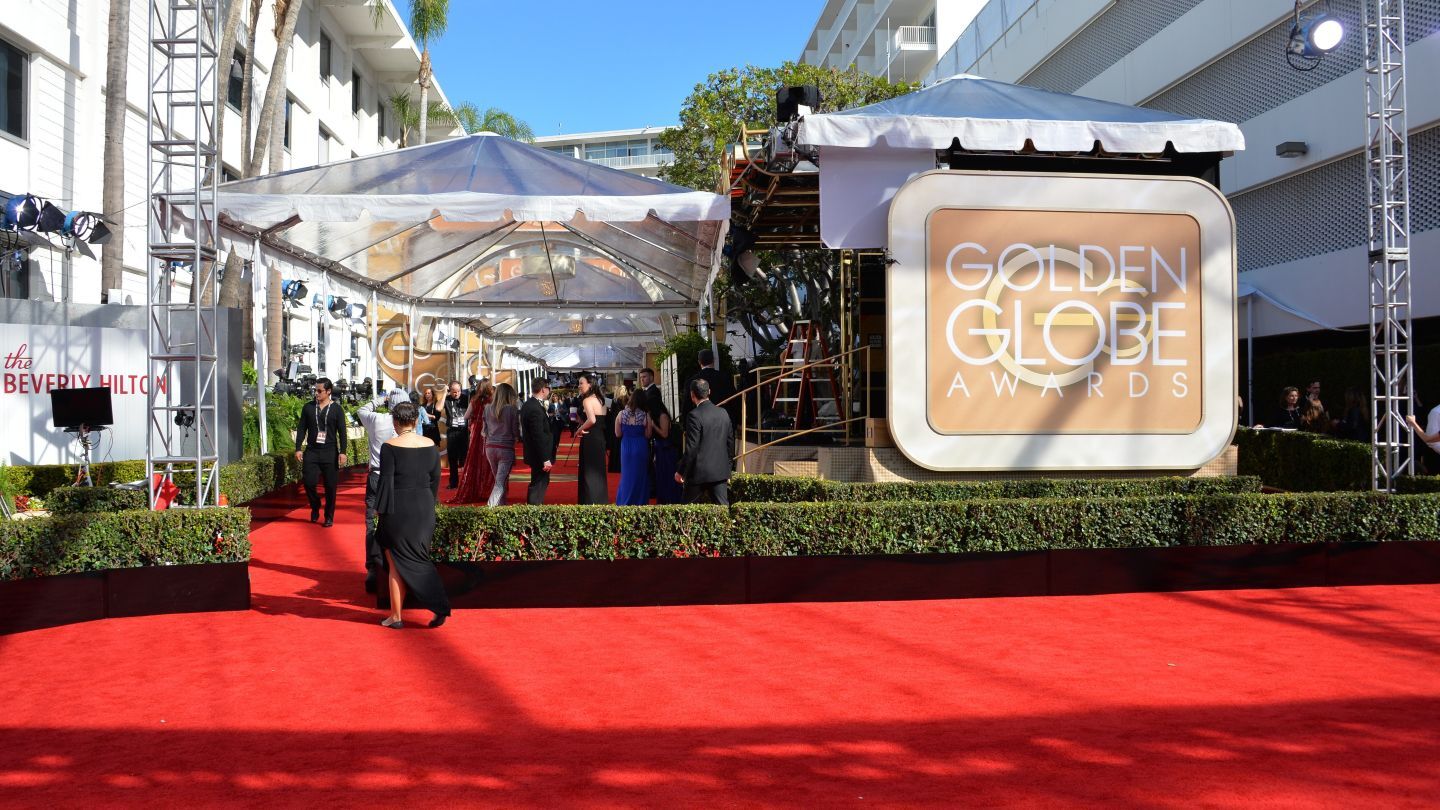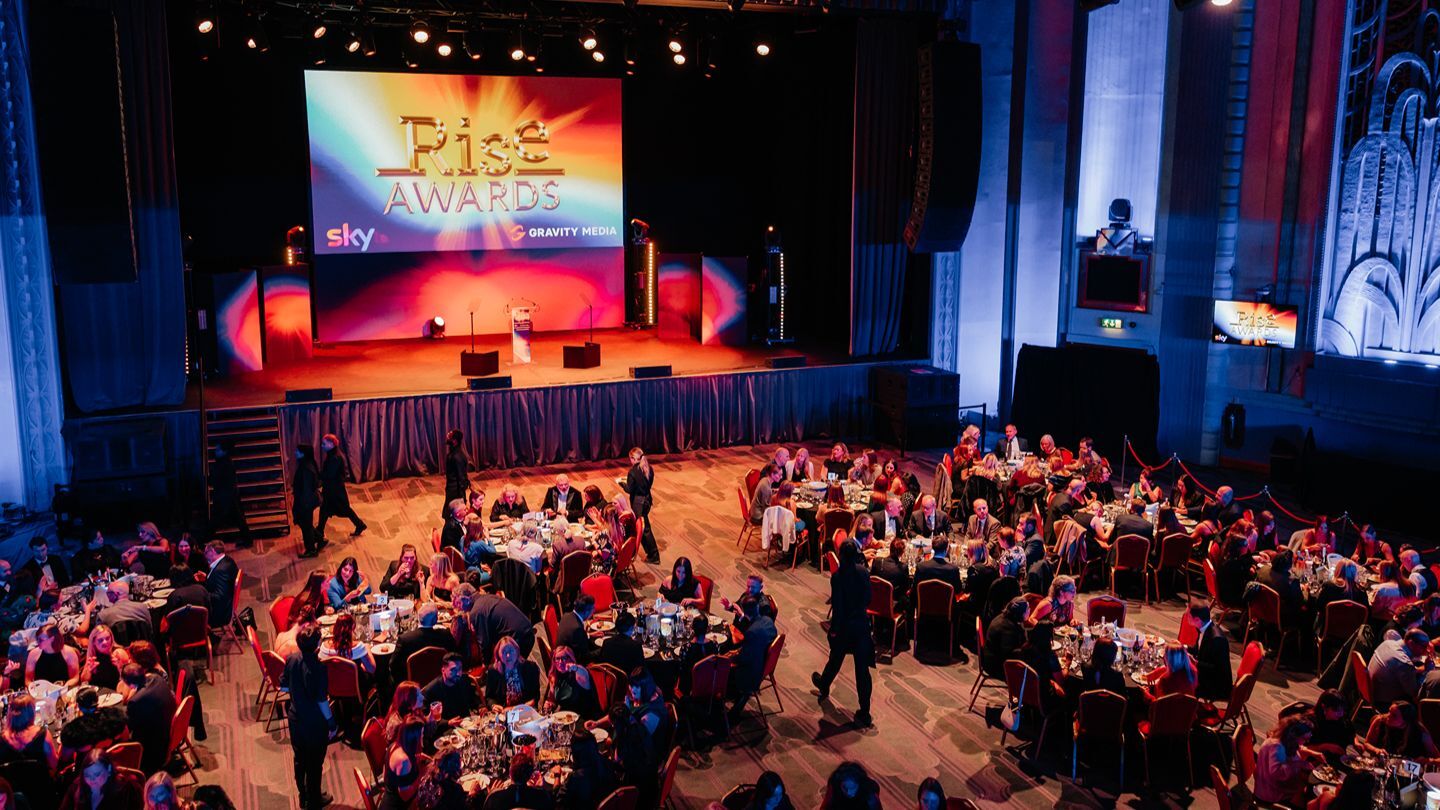Miranda Wayland, CEO of Creative Diversity Network says the focus on individual DEI executives and departments misses the bigger picture. Adrian Pennington reports.
Hiring diversity executives in Hollywood jumped after the murder of George Floyd in May 2020 and the Black Lives Matter movement, but economic pressures since then have been blamed for several high-profile figures losing their jobs.
The exits in quick succession of Diversity and Inclusion (DEI) professionals at Disney, Netflix, Warner Bros Discovery and the Academy of Motion Picture Arts and Sciences prompted headlines a year ago about ‘diversity fatigue’. The phrase itself is ambiguous. Some claim it signals a waning of the enthusiasm for hiring chief diversity officers as the issue dips beneath the front pages. On the other, the DEI execs themselves seemed to warn of burnout amid under-resourced departments...
You are not signed in
Only registered users can read the rest of this article.

SMPTE, EBU, and ETC research AI’s impact on the media
The Society of Motion Picture and Television Engineers (SMPTE) has teamed up with the European Broadcasting Union (EBU) and the Entertainment Technology Center (ETC) on a new engineering report on artificial intelligence (AI) and its effect on media.

Nigel Warner to succeed John McVay as CEO of Pact
UK producers' body Pact has named Nigel Warner, UK Policy Consultant to the Motion Picture Association and Special Counsel at Lexington, as its next CEO.

UK film and TV industry backs clean power plan
The UK film and TV industry has agreed on a plan to permanently shift to clean solutions for temporary power on sets.

Sky’s Priya Dogra to become Chief Executive of Channel 4
Priya Dogra will become the next Chief Executive of Channel 4. Currently Chief Advertising, Group Data, and New Revenue Officer at Sky, Dogra will succeed interim Jonathan Allan in March 2026.

One Battle After Another, The White Lotus, and Adolescence lead Golden Globe nominees
One Battle After Another, The White Lotus, and Adolescence have emerged as the frontrunning films and TV shows for the 2026 Golden Globes.



.jpg)
.jpg)